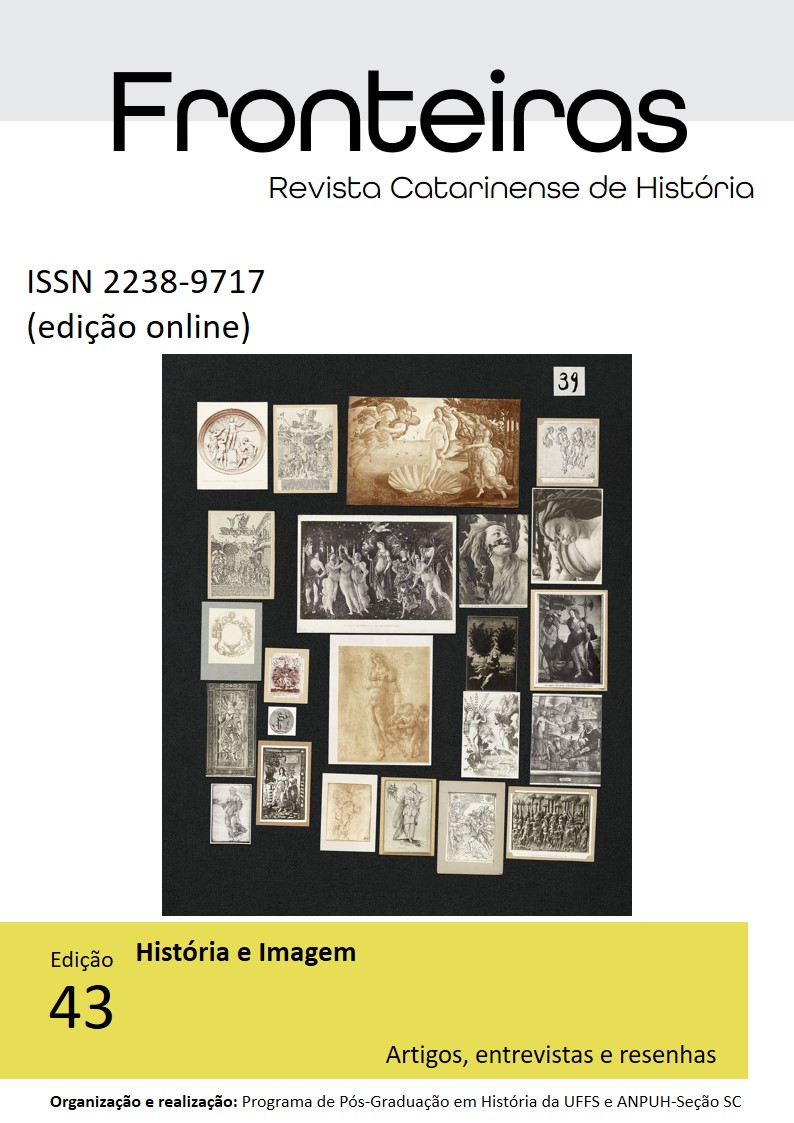Between swords and sandals
A historical and iconographic analysis of the orientalist posters in the Italian peplum halfway through the 20th century
DOI:
https://doi.org/10.36661/2238-9717.2024n43.13938Keywords:
Visual culture, Reception Studies, OrientalismAbstract
The objective of this article is to identify different “orientalist” images in the posters of the Italian film industry of the fifties and sixties within what is known as the peplum genre and to demonstrate that these images are part of an orientalist discursive regime. At the same time, demonstrate how the construction of otherness in these posters is strongly supported by nineteenth-century iconographic representations but with a distinctive element, the “hero”, who brings together in his figure all the positive features of Western civilization. To do this, some promotional film posters of Italian films around the middle of the 20th century with the theme of the “Ancient Near East” will be analyzed, such as La Cortigiana di Babilonia by Carlo Ludovico Bragaglia (1954), Io Semiramide by Primo Zeglio (1963), Le sette folgori di Assur by Silvio Amadio (1962) and L'eroe di Babilonia by Siro Marcellini (1963) among others.



















